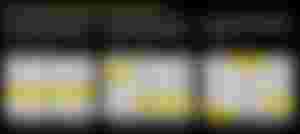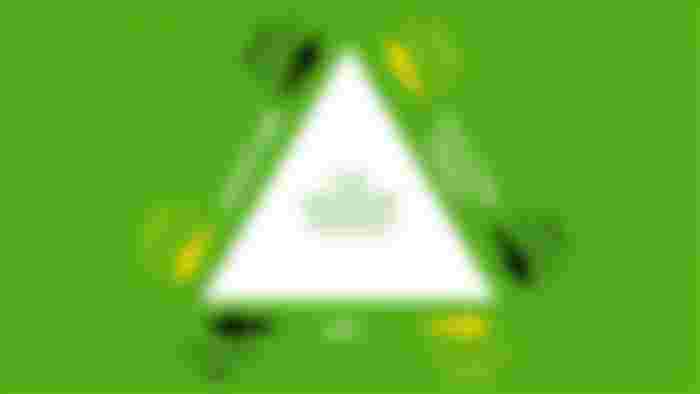
It is difficult to take good pictures without having a solid understanding of ISO, Shutter Speed and Aperture – the Three Kings of Photography, also known as the “Exposure Triangle“. While most new DSLRs have “Auto” modes that automatically pick the right shutter speed, aperture and even ISO for your exposure, using an Auto mode puts limits on what you can achieve with your camera. In many cases, the camera has to guess what the right exposure should be by evaluating the amount of light that passes through the lens. Thoroughly understanding how ISO, shutter speed and aperture work together allows photographers to fully take charge of the situation by manually controlling the camera. Knowing how to adjust the settings of the camera when needed, helps to get the best out of your camera and push it to its limits to take great photographs.

Let’s quickly review a summary of the Exposure Triangle as a refresher:
Shutter Speed – the length of time a camera shutter is open to expose light into the camera sensor. Shutter speeds are typically measured in fractions of a second, when they are under a second. Slow shutter speeds allow more light into the camera sensor and are used for low-light and night photography, while fast shutter speeds help to freeze motion. Examples of shutter speeds: 1/15 (1/15th of a second), 1/30, 1/60, 1/125.
Aperture – a hole within a lens, through which light travels into the camera body. The larger the hole, the more light passes to the camera sensor. Aperture also controls the depth of field, which is the portion of a scene that appears to be sharp. If the aperture is very small, the depth of field is large, while if the aperture is large, the depth of field is small. In photography, aperture is typically expressed in “f” numbers (also known as “focal ratio”, since the f-number is the ratio of the diameter of the lens aperture to the length of the lens). Examples of f-numbers are: f/1.4, f/2.0, f/2.8, f/4.0, f/5.6, f/8.0.
ISO – a way to brighten your photos if you can’t use a longer shutter speed or a wider aperture. It is typically measured in numbers, a lower number representing a darker image, while higher numbers mean a brighter image. However, raising your ISO comes at a cost. As the ISO rises, so does the visibility of graininess/noise in your images. Examples of ISO: 100, 200, 400, 800, 1600.

